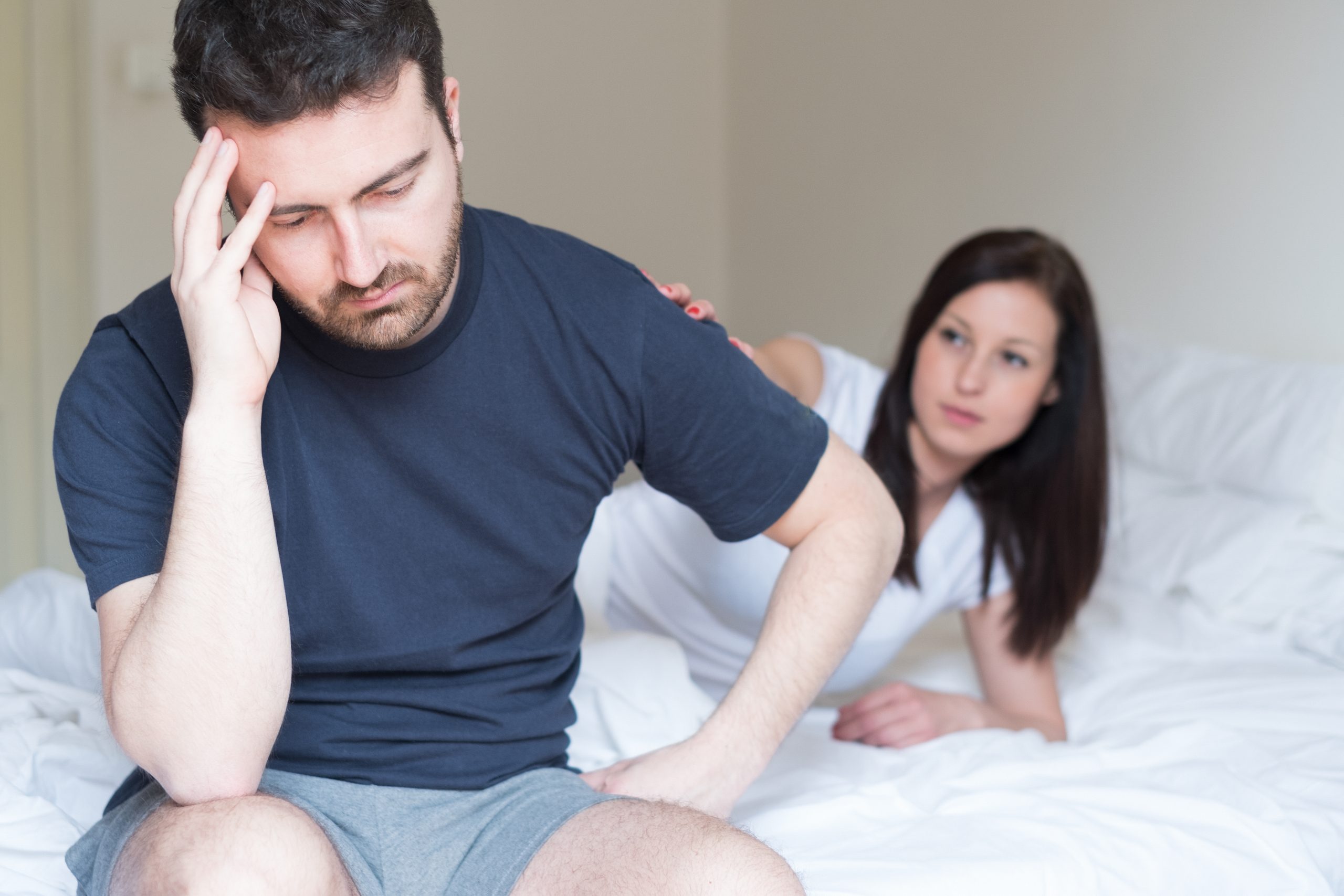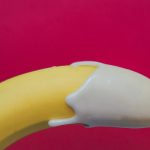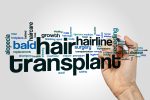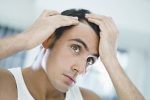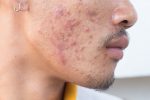Erectile dysfunction (ED) is commonly known as impotence. ED is a condition where a man is unable to have an erection or maintain an erection to have sexual intercourse. ED is a common disorder experienced in men. The main cause of ED is depression, anxiety, stress, or other lifestyle choices. It can also be a sign of relationship or emotional problems that need to be resolved by a professional. But sometimes, it can be a sign of a more serious underlying disease which requires medical attention.
How does an erection occur?
When a man is sexually aroused, the message from the brain and nerves cause the penis muscle to relax. This relaxation of penile muscles allows increased blood flow into the penis, making it expand and stiff. The membrane surrounding the muscles of the penis traps the blood and helps sustain the erection.
Erection reverses when these penile muscles contract and the accumulated blood flows out.
Types of Erectile Dysfunction
- Primary ED– is the condition when a man never attains an erection
- Secondary ED– this occurs when a who once had a normal erection during sex but for the reasons mentioned below cannot get an erection.
Primary ED needs intensive treatments, medical interventions, or surgical treatments.
Secondary ED is the most common type of ED and can be reversed with simple lifestyle modifications, prescription medication, and other interventions. Will discuss Secondary ED in detail below.
Causes of Erectile Dysfunction
Physical Causes:
There are various physical causes of erectile dysfunction. Some of the most common causes are:
- Neurologic: Parkinson’s disease, spinal cord injuries, Alzheimer’s disease, multiple sclerosis, and stroke, etc.
- Hormonal Disorders: Hyperprolactinemia, hypogonadism, adrenal disorders, chronic liver disease, diabetes mellitus, chronic renal failure, and AIDS.
- Drug-induced: Antihypertensives, antidepressants, antipsychotics, antiandrogens, recreational drugs, opioid pain medications
- Lifestyle: Obesity, smoking, sedentary lifestyle, obstructive sleep apnoea, restless leg syndrome
- Anatomical: Structure or shape of the penis, Injury/physical damage to the penis
Psychological causes:
- Depression
- Financial or work-related stress
- Anxiety
- Sexual abuse
- You can get an erection except with your partner
- Marriage problems
I can’t get it up!!!! How common is it?
Erectile dysfunction is quite common. It is most common in men over 40 years of age. Many studies have found that age is one of the major contributing factors of ED. The problem increases with age. At 40 years old, about 40% of males are affected. At 70 years of age, approximately 70% of men are affected.
Is erectile dysfunction reversible?
Yes! Of course, it is!
This condition is easily reversible. Secondary ED is temporary and easily reversible with lifestyle modifications and medication, while primary ED is treated with intensive/surgical treatments.
Erectile Dysfunction Treatment Options
Medication:
Tablets: Tablets for the treatment of erectile dysfunction are readily available and are one of the easy and accessible options. The medication used to treat ED belong to the class of drug called phosphodiesterase inhibitors (PDE5i). These include drugs like sildenafil (Viagra®), tadalafil (Cialis®), and vardenafil (Levitra®).
It is important to understand that the tablets will not cause an erection unless a man is mentally and physically stimulated.
For men who do not respond to tablets, there are other options available such as
Alprostadil– This drug is injected into the penis, and it increases the blood flow into the penis. It is also available as a cream.
Vacuum Devices– There are special vacuum devices available that draw blood into the penis and cause an erection. The erection is sustained with the help of a ring which placed at the base of the penis.
Hormone Therapy: Testosterone deficiency can also sometimes cause ED. If low levels of testosterone are found, testosterone replacement therapy is known to have helped ED in certain cases.
How can you treat erectile dysfunction naturally?
Balanced diet: The food you eat has a significant impact on your body. A healthy balanced diet rich in fruits, vegetables, herbs, whole grains, fish, and few servings of red meat can help in treating ED. A balanced diet also saves you from diabetes and obesity, which are major contributors to erectile dysfunction.
Alcohol and Smoking: Giving up Smoking and reducing or limiting the amount of alcohol you consume can significantly help erectile dysfunction.
Weight loss: Losing weight and especially inches around your waist will help with the problem. A study conducted in the US concludes that men who measure more than 42 inches around the waist are 50 times more prone towards ED when compared to men who measure less than 32 inches.
Medicines- Side effects: Erectile dysfunction may be due to some side effects of medication that you are using for other health problems. The major culprits are diuretics, antidepressants, heart medication, cholesterol medicines, high blood pressure medicine, hormone drugs, an antipsychotic drug, chemotherapy, corticosteroids, and medicines for male pattern baldness.
Acupuncture: This is an ancient Chinese technique, which involves inserting a very thin metal needle inside your body at specific points to stimulate blood flow and release tension. This is a safe and useful tool in treating several disorders, including erectile dysfunction. Clinical trials show that this treatment improves erectile dysfunction and restoring their sexual performance by up to 39%.
Sex-Therapy: Erectile dysfunction directly hurts your self-esteem, so it is difficult to talk about this issue. But it is very crucial to address this condition if stress, worry, anxiety, and depression are making your symptoms worse. A trained therapist can help to enhance and improve your sex desire and performance. Couples therapy/counselling by a trained professional is a constructive way to talk about erectile dysfunction, and partners can share their feelings and find a healthy solution.
Take-home message?
Erectile dysfunction is a common problem among men over 40 years. It can be easily treated with natural interventions in most cases. In some instances, medical treatment will be necessary, and they are highly effective.


